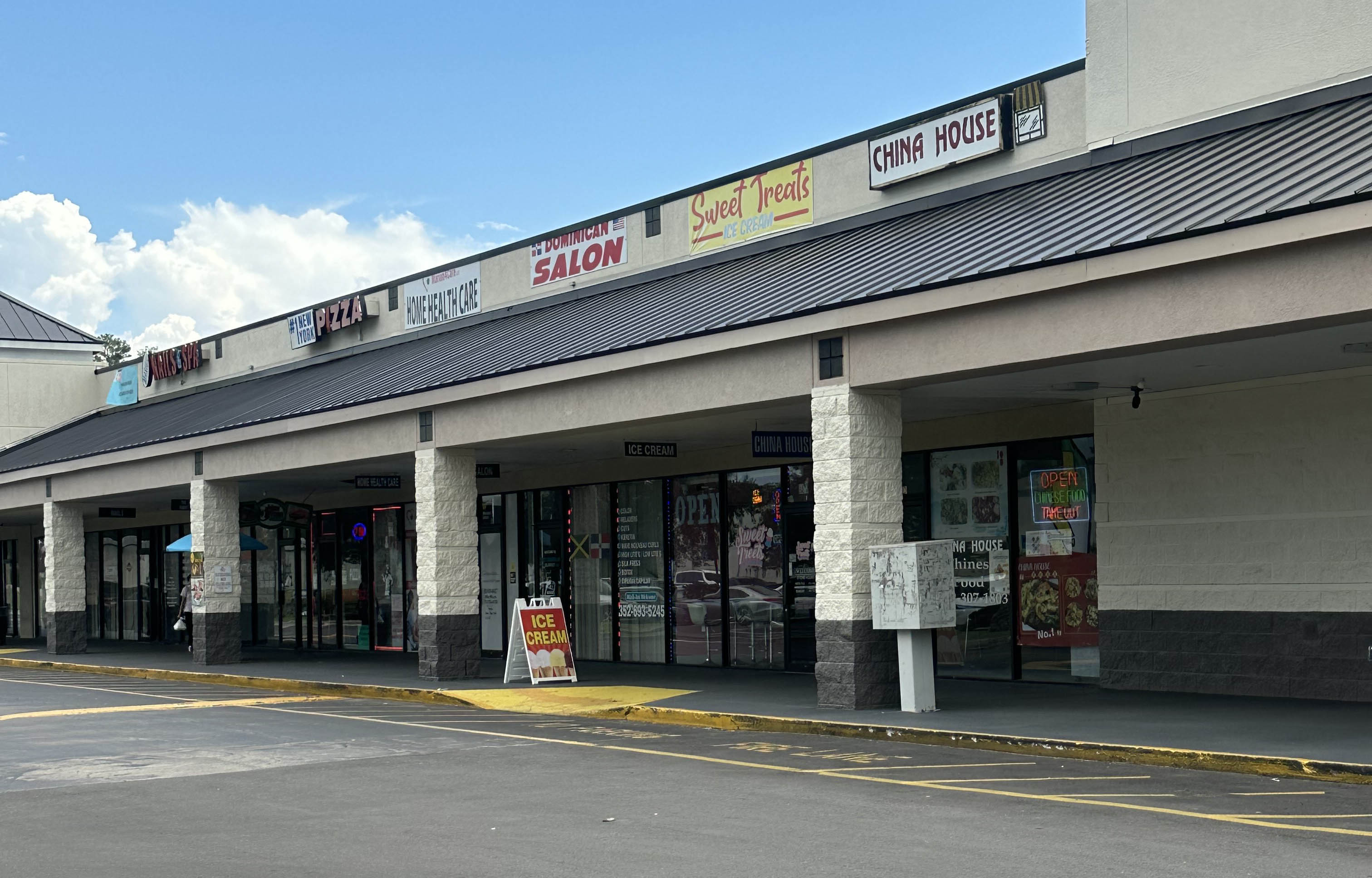News:
Brokerage
Posted: July 27, 2015
Harrington leads regional STEaM workforce discussion
Nationally recognized labor expert Dr. Paul Harrington of Drexel University led a thought-provoking discussion of the regional economy and what STEaM education will mean for the region's future at the Hudson Valley Economic Development Corp.'s (HVEDC) second State of the Hudson Valley Economy: Full STEaM Ahead! event. More than 200 business and government leaders packed the room at the State University of New York (SUNY) at New Paltz for the event, which was the latest edition of HVEDC's Thought Leaders Master Series.
"Recently there has been a lot of focus on the Millennial generation in the Hudson Valley region both with respect to their income and purchasing power, as well as an emerging source of labor supply in the region," said Harrington, the director of Drexel University's Center of Labor Market and Policy. "Our findings suggest Baby Boomers remain the economic powerhouse of the region."
Harrington showed that Boomers have a 47 percent share of aggregate household income, compared with 33 percent for Generation Xers and just 5 percent for Millenials.
"There is a lot of confusion about STEM careers - individuals with a background in science, technology, engineering or math," said Laurence P. Gottlieb, president and CEO of HVEDC. "Business and government leaders hear a lot about the value of building a STEM-skilled workforce but do not have a clear roadmap describing the specific skill sets needed or the industries seeking those STEM workers."
Harrington said that while incomes in STEM careers remain high, these jobs only account for 5-7 percent of employment in the region. Salaries from STEM occupations in the Hudson Valley averages are: Computer science and mathematical science, $84,773; architecture and engineering, $85,072; life science occupations, $98,756; physical science occupations, $92,958; technical occupations, $51,592. These compare with all employed positions in the Hudson Valley, $53,520.
"By infusing the arts into a STEM background, think of the impact these well-rounded workers could have on the economy if more effort was devoted to creating them," Gottlieb said. "HVEDC sees a clear process to integrating STEaM into the Hudson Valley's economy by elevating STEaM education across secondary and college-level academic institutions and keeping those educated here in the Hudson Valley workforce. This will in-turn allow us to attract high-paying tech companies to the region and therefore create jobs to be filled by our own, STEaM-educated workforce."
"Paul Harrington helped us to understand the state of the STEaM workforce in the region, what STEaM jobs are available in the region and what background is necessary for a STEM career," Gottlieb added. "He essentially enlightened us with an honest discussion about what our baseline is for STEM careers."
"We at SUNY New Paltz take seriously our role in convening events of this nature, which allow local and regional stakeholders to learn from each other in meaningful ways with the goal of helping the Hudson Valley to thrive," said President Donald P. Christian. "It's our pleasure to be part of that process and have key linkages between our academic programs and promoting positive economic growth and vitality for our region."
A panel discussion also focused on STEaM education by providing different perspectives representing academia, the technology community and manufacturing companies.
"The inclusion of the arts in STEM means turning knowledge into power," said Paul Kassel, interim dean of SUNY New Paltz's School of Fine & Performing Arts. "We see more evidence every day that the arts and sciences are allies and that the creative class - those well-versed in both design and engineering, math and music, technology and theater - is the workforce of this century."
"Without a pipeline of talented people educated in STEaM fields, Hudson Valley manufacturers will not be able to compete in today's global economy," said Harold King, executive vice president of Council of Industry. "Manufacturing is an exciting and resurgent sector and we need smart and creative people to work in it."
Both Kassel and King participated in the discussion as panelists.
HVEDC also released its second annual HVEDC-JLL Business Climate Survey, which gauged the perceptions of 290 respondents - business and other leaders throughout the seven-county region. Perception in the Hudson Valley of the local economy is drifting lower as survey respondents are growing more negative than a year ago. For example, only 44 percent of respondents believe the Hudson Valley business climate is in neutral territory and 29 percent see it as positive, compared with 50 percent and 34 percent a year ago. Only 42 percent of respondents expect to increase hiring next year, compared with 50 percent a year ago who were projecting adding staff this year. Meanwhile, only 60 percent of those respondents also say that they are projecting revenue to rise in the coming year, compared with 66 percent who indicated that last year. More have moved into stable revenue projections (31 percent, compared with 22 percent a year ago).
"Hudson Valley Economic Development Corp. has made an investment in improving the local economy and workforce in very positive, practical and meaningful ways. The State of the Hudson Valley Economy event and its accompanying Business Climate Survey are prime examples of what can be done on a region-wide scale to make long-term improvements in local businesses and the workforce," said James Laurito, HVEDC board chairman. "HVEDC is addressing issues and fostering change for the improvement of the entire region."
Tags:
Brokerage
MORE FROM Brokerage
Delisle and Monahan of Island Associates lease 45,000 s/f to Giunta’s Meat Farms at Strathmore Commons
Middle Island, NY Roger Delisle and Robert Monahan of Island Associates negotiated the lease for the Giunta’s Meat Farms to occupy 45,000 s/f at Strathmore Commons.

Quick Hits
Columns and Thought Leadership

AI comes to public relations, but be cautious, experts say - by Harry Zlokower
Last month Bisnow scheduled the New York AI & Technology cocktail event on commercial real estate, moderated by Tal Kerret, president, Silverstein Properties, and including tech officers from Rudin Management, Silverstein Properties, structural engineering company Thornton Tomasetti and the founder of Overlay Capital Build,

Lasting effects of eminent domain on commercial development - by Sebastian Jablonski
The state has the authority to seize all or part of privately owned commercial real estate for public use by the power of eminent domain. Although the state is constitutionally required to provide just compensation to the property owner, it frequently fails to account

Strategic pause - by Shallini Mehra and Chirag Doshi
Many investors are in a period of strategic pause as New York City’s mayoral race approaches. A major inflection point came with the Democratic primary victory of Zohran Mamdani, a staunch tenant advocate, with a progressive housing platform which supports rent freezes for rent

Behind the post: Why reels, stories, and shorts work for CRE (and how to use them) - by Kimberly Zar Bloorian
Let’s be real: if you’re still only posting photos of properties, you’re missing out. Reels, Stories, and Shorts are where attention lives, and in commercial real estate, attention is currency.








.jpg)
.gif)
.gif)